Who put Bella in the Wych Elm? The story behind Britain's strangest unsolved murder
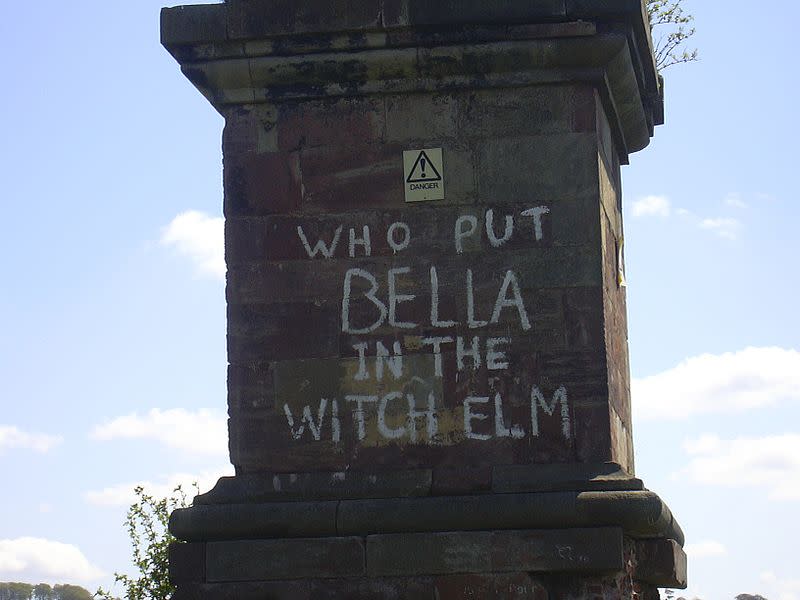
In 1943, in a wood near Wychbury Hill in Worcestershire the body of a woman was found inside a huge Wych elm tree.
She had been put in feet first — possibly still alive — sometime around October 1941, and was found with a piece of woven fabric stuffed into her mouth.
But who was she? And who had committed this horrific crime?
Despite a police photo fit, no match could be found and no one reported her missing.
But then, just a year after her discovery, something strange happened.
On a wall in Upper Dean Street, Birmingham, someone scrawled the words: Who put Bella down the Wych Elm?
And so began one of Britain’s most intriguing murder stories.
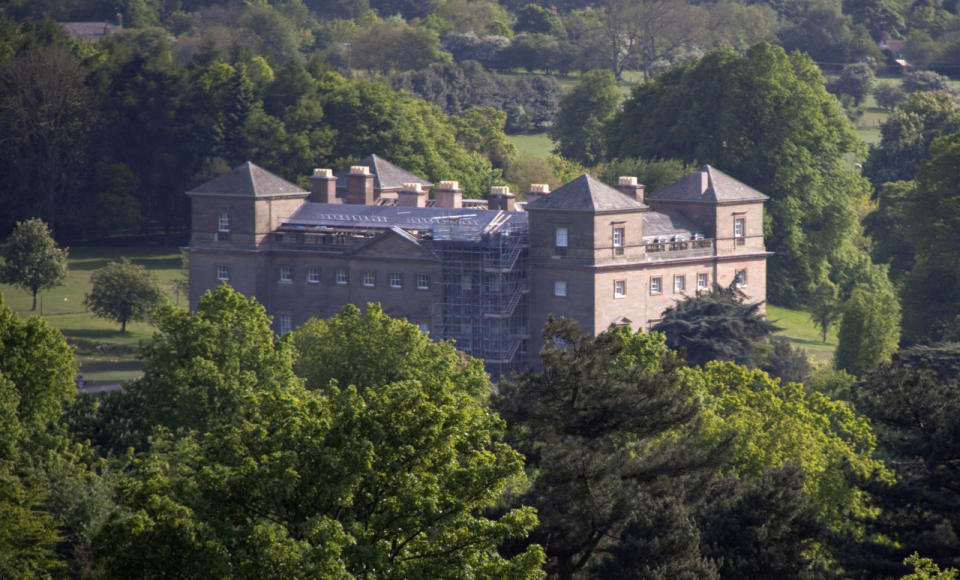
Nearby Hagley Hall
Discovery
On 18 April 1943, four local boys — reportedly, Robert Hart, Thomas Willetts, Bob Farmer and Fred Payne — were playing in Hagley wood, part of an estate belonging to Lord Cobham.
Searching for a bird’s nest, one of the boys climbed partially up a Wych elm, reaching in to retrieve what turned out be a human skull.
Panicked, they quickly put their finding back and rushed home, fearful of what might happen, given they were trespassing.
However, it was too much for the boys to bear and one of them confessed to his parents that evening, and police were notified.
When they examined the trunk of the tree, officers discovered an almost complete skeleton — a hand nearby — and some garments of clothing and jewellery, notably (according to some reports) a wedding ring.
The body was wedged so firmly into the tree, it couldn’t be removed until a lumberjack arrived with an axe to chop it down.
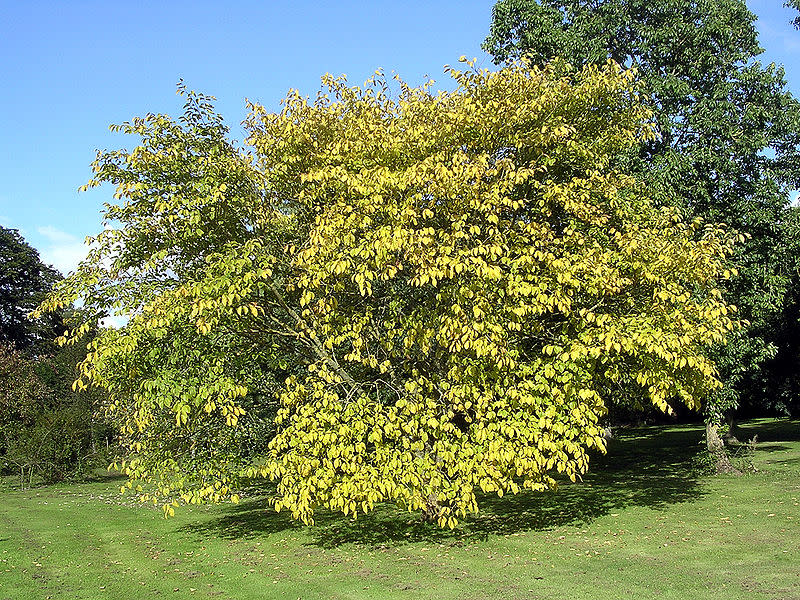
A Wych elm
Investigation
Pathologist Professor James Webster, who examined the remains, was able to shed some light on the identity of the woman.
She was aged between 35 and 40, he believed, and had been placed into the tree at least 18 months beforehand.
Dr John Lund, a forensic biologist, spoke to Radio 4 in 2015 about the case, and noted that Webster was convinced the woman had been put in the tree while still warm — or even alive.
The cause of death was attributed to asphyxiation, because of the cloth, part of her skirt, which had been stuffed into her mouth.
Police worked through all missing persons in the area, hoping to find a match, but to no avail. No dentist’s records, either, could identify her.
The graffito that appeared just a year later suggested someone, somewhere knew more about this case.
But searches for a missing Bella were just as fruitless.
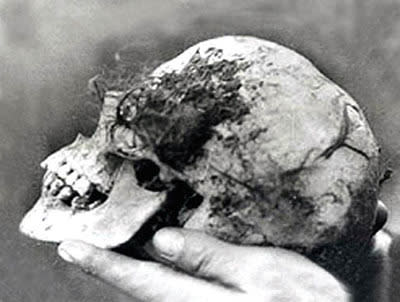
The skull of “Bella” found in the tree
Aftermath
Seventy-three years on and the questions of who “Bella” is, and who put her in the Wych elm and why are unanswered.
To add to the mystery, no one appears to know where her remains are, and there’s no record of the autopsy — just the personal notes of Dr Lund.
A DNA investigation that could potentially clear up the mystery will likely never happen.
Several lines of inquiry have emerged down the years, with Steve Punt, on his Radio 4 show, offering two possible suggestions.
The first revolves around a statement made to police in 1953 by a woman called Una Mossop, who claims her cousin, Jack, and a Dutchman called van Ralt had put “Bella” in the tree.
She claimed that, having met her in the pub, they put her there to stop her drink-driving, sober her up and shock her into seeing the error of her ways.
Jack Mossop was confined to a mental hospital because he had reoccurring dreams of a woman staring out at him from a tree — but died before the body was discovered.
Another explanation — although sketchy on details — revolves around a police report that states a prostitute from the area, whose name was Bella, went missing around 1941. But there is no motive for the killing — or suggested killer.
Police also briefly linked “Bella” to the infamous murder of a man named Charles Walton, who was found in the nearby village of Lower Quinton pinned to the ground with a pitchfork — the result, locals believed, of witchcraft.
Indeed, the occult regularly cropped up in theories about the woman’s death — and was embraced enthusiastically by the public at the time (and now — note how Wych is often erroneously spelt “witch”)
But, curiously, a more common link is espionage.
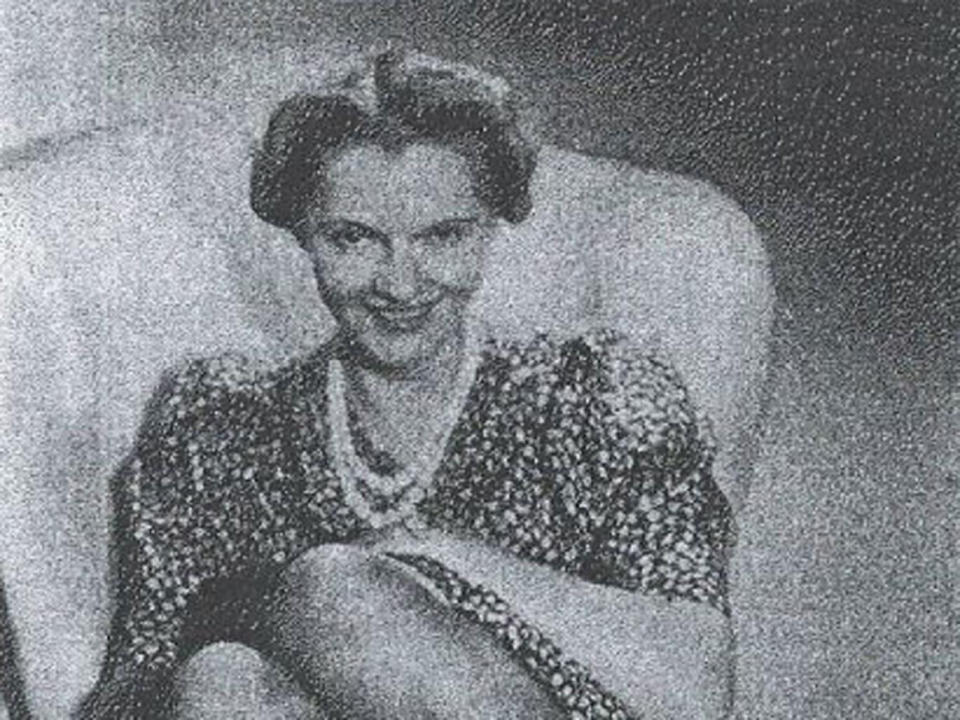
Could Clara Bauerle have been misheard as Carabella?
Bella the spy
“Bella” was murdered by Nazi spies or she was a Nazi spy herself, depending on which reports you read.
A woman who went by “Anna”, and who contacted the Wolverhampton Express and Star in 1953, claimed to have known “Bella”’s killers, and was the first to suggest she was a spy (and a cabaret singer).
In the 60s, writer Donald McCormick furthered the theory, claiming the woman was, in fact, a German spy and occultist called Carabella.
More recently, The Independent has argued Bella was actually Clara Bauerle — a German spy and cabaret star, whose boyfriend Josef Jakobs was a captured Gestapo agent.
The theory goes that Bauerle was supposed to parachute into the West Midlands in 1941 — as McCormick too suggested — but never made contact again. Jakobs, who apparently shared this story MI5, was executed.
To this day, graffito appears bearing her name, while the story is regularly referenced in popular culture, and still captures the public imagination.
But who put Bella in the Wych elm?
The truth is that the question may never be answered.

 Yahoo News
Yahoo News 
